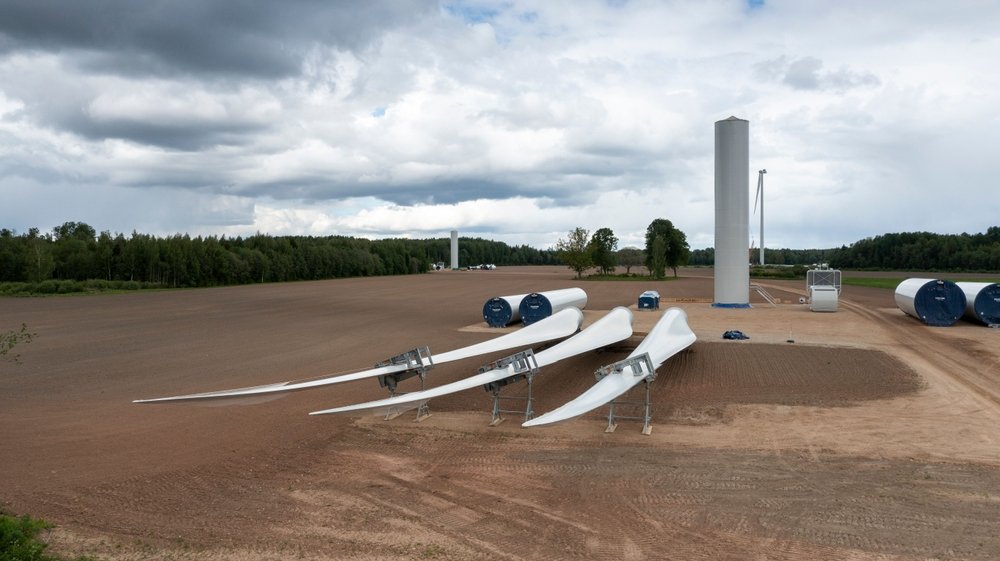The financing model for the Reinsdorf wind farm is faltering. Despite intensive advertising, there is insufficient private capital. The energy supplier Sachsen-Energie is looking for investors to invest in the project. However, investor reluctance is hindering progress. Citizen participation, return on investment, energy projects, and wind turbines are suddenly at the center of public debate. The concept of equity participation was actually intended to build trust, but the financial restraint in the region persists. (freiepresse: 29.10.25)
Citizen participation under pressure
With its participation model, Sachsen-Energie aimed for broad involvement of the local population. The early inclusion of residents from Reinsdorf and Mülsen seemed advantageous. The minimum investment was 500 euros. Nevertheless, many potential investors remained skeptical. The prospect of returns also failed to convince them, as payouts are linked to the company’s operating success.

In a further step, the offer was extended to the entire Zwickau district. A sensible undertaking, but success has been elusive. Many citizens view the wind turbine project critically. The capital-based investment model is therefore reaching its limits.
The participation model needs adjustment
An information event was intended to dispel doubts. There, Sachsen-Energie presented all aspects of the energy project. Nevertheless, participation remained below expectations. The long-term commitment, in particular, is a deterrent. The prospect of regular interest payments is apparently not enough.
The offered profit sharing hardly attracted any new investors. Some consider the risk too high. Others express reservations about wind turbines located near residential areas. However, energy projects of this size require a certain level of public acceptance. Without sufficient capital inflow, the timeline suffers considerably.
Wind turbines fail to convince as an investment
Around 60,000 megawatt-hours of clean electricity are to be generated annually. This amount is theoretically sufficient for 20,000 households. Nevertheless, the ecological benefits have generated little enthusiasm. The market is reacting noticeably cautiously. The participation concept is finding little new support.
Sachsen-Energie is now working on a new concept to create incentives. What these changes will look like in detail remains to be seen. The fact is: Without confidence in the participation model, the future of the wind farm remains uncertain. Both the energy project and the return-oriented concept are on shaky ground.
Capital Participation as a Challenge
The Reinsdorf wind farm demonstrates how demanding citizen participation in the energy sector can be. A participation model alone does not guarantee success. Emotional and financial factors also play a role. The potential return on investment and the terms of capital participation must be compelling. The future of such participation depends heavily on whether local acceptance increases.
